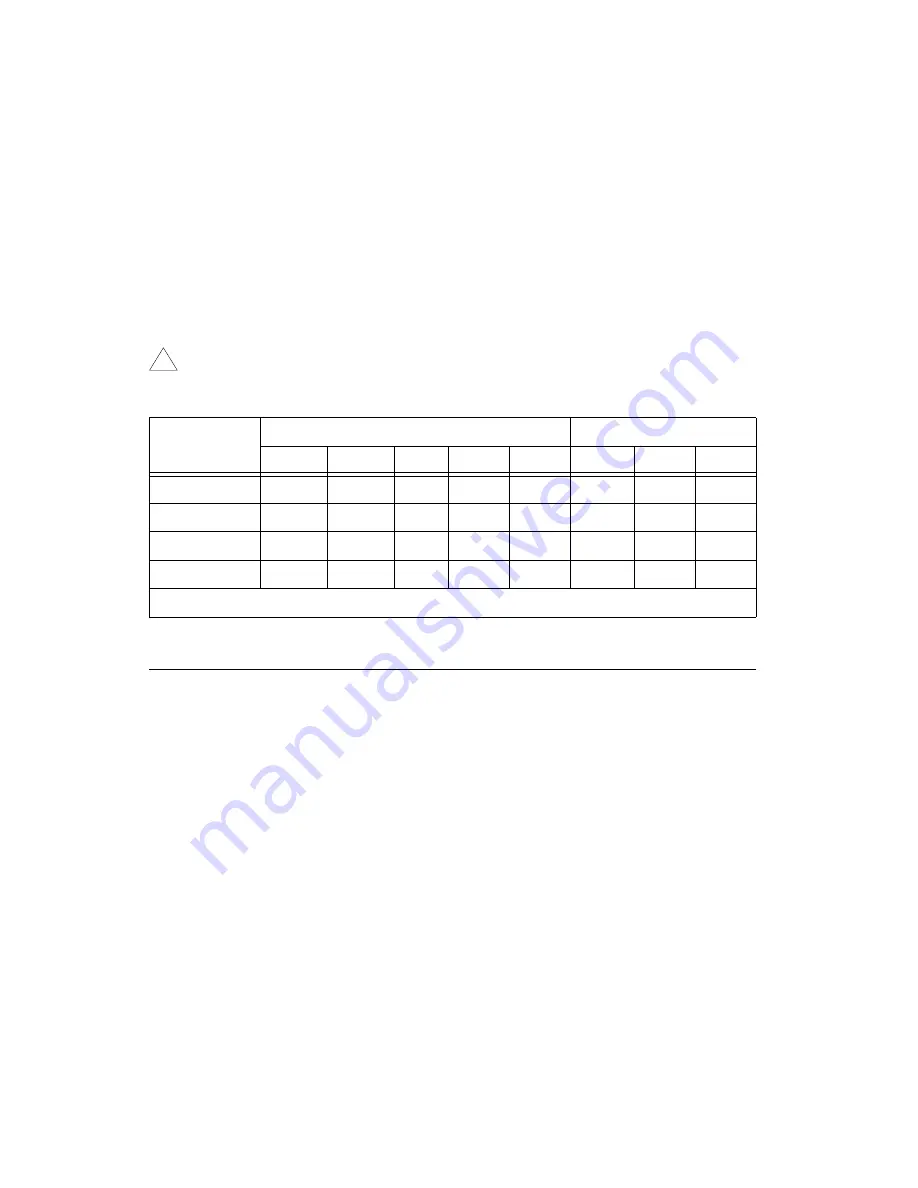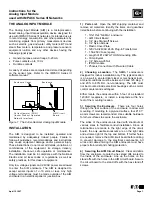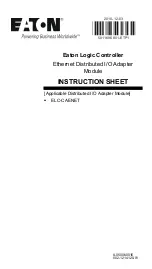
Chapter 3
Signal Connections
3-4
©
National Instruments Corporation
Port C Pin Assignments
The signals assigned to port C depend on the mode in which the 82C55A is
programmed in your application software. In mode 0, port C is considered
as two 4-bit I/O ports. In modes 1 and 2, port C is used for status
and handshaking signals with zero, two, or three lines available for
general-purpose input/output. Table 3-2 summarizes the signal
assignments of port C for each programmable mode.
Caution
During programming, be aware that each time a port is configured, output ports A
and C are reset to 0, and output port B is undefined.
Cable Assembly Connectors
The cable assembly referred to in the
section in
, is an assembly of two 50-pin cables and three
connectors. Both cables are joined to a single connector on one end and to
individual connectors on the free ends. The 100-pin connector that joins the
two cables plugs into the I/O connector of the DAQPad-6508. The other
two connectors are 50-pin connectors, one of which is connected to pins 1
through 50, and the other is connected to pins 51 through 100 of the
DAQPad-6508 I/O connector. The cables are labelled Position 1-50 and
51-100, respectively. Figures 3-3 and 3-4 show the pin assignments for the
50-pin connectors on the cable assembly.
Table 3-2. Port C Signal Assignments
Programming
Mode
Group A
Group B
PC7
PC6
PC5
PC4
PC3
PC2
PC1
PC0
Mode 0
I/O
I/O
I/O
I/O
I/O
I/O
I/O
I/O
Mode 1 Input
I/O
I/O
IBF
A
STB
A
*
INTR
A
STB
B
*
IBFB
B
INTR
B
Mode 1 Output
OBF
A
*
ACKA* I/O
I/O
INTR
A
ACK
B
*
OBF
B
*
INTR
B
Mode 2
OBF
A
*
ACK
A
*
IBF
A
STB
A
*
INTR
A
I/O
I/O
I/O
* Indicates that the signal is active low; refer to Table 3-3 for signal name definitions.
!
















































